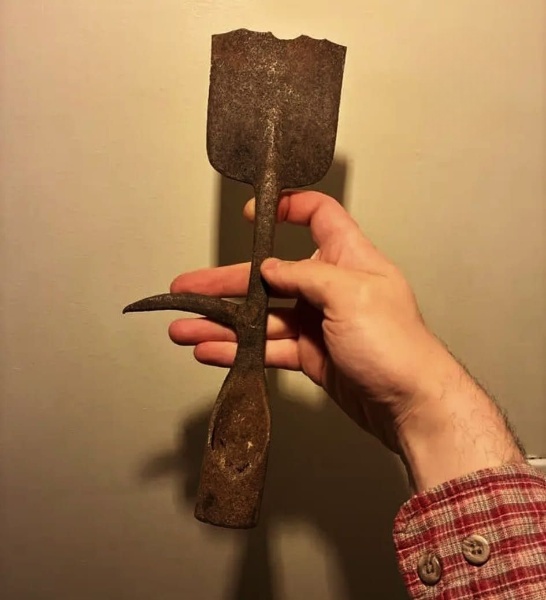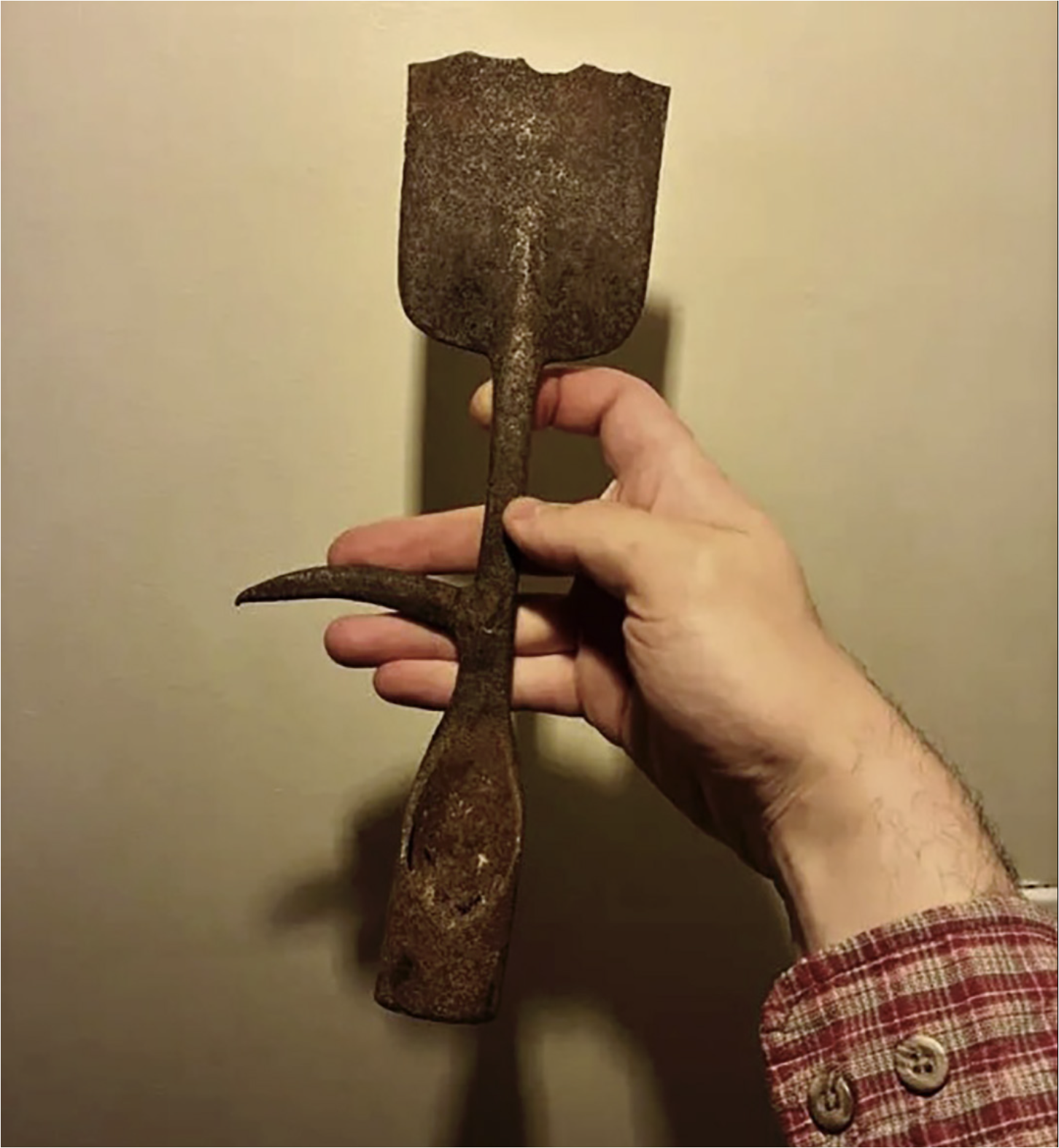
Behind this somewhat enigmatic name lies a set of rustic but ingenious tools, designed for a very specific task: to stimulate the flow of resin without endangering the tree. Examples include the hapchot , a sort of hatchet with particular curves, or the resin pot , placed at the base of the wound to collect the fragrant liquid.
Each tool had its role, its logic, and was part of a precise choreography . Nothing was left to chance. The resin collector had to respect a precise rhythm, renew the incisions without damaging the tree too much, and carefully monitor the precious flow of sap.
A profession where nature was a partner, not just a resource
What is striking is the deeply respectful approach to the profession. Tapping was not a blind exploitation of the forest, but a true collaboration with it. The resin was not pulled out, it was offered , as long as one knew how to take care of it. And it is this modest philosophy that still resonates today, at a time when the need to reconnect with nature is becoming increasingly pressing.
From the extracted resin came a multitude of natural products: soaps, glues, varnishes, incense… So many everyday elements which bore within them the imprint of the pines and the know-how of men.
A legacy that still inspires

Today, even though mechanization and the chemical industry have relegated tapping to the status of a historical curiosity, this craft continues to generate interest. In some regions, enthusiasts perpetuate the gesture, if only to pass it on. And the interest in natural products and short supply chains is putting a spotlight back on this forgotten profession.
It’s also a part of our rural heritage that’s slowly being reborn. Local museums are organizing demonstrations, artisans are rediscovering the virtues of resin, and some cosmetics are once again leveraging the benefits of pine. Proof that this ancestral bond between man and forest is not entirely broken.
